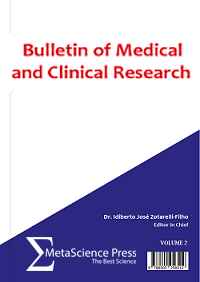Changes in The Temporomandibular Joint after Occlusal Deprogramming
DOI:
https://doi.org/10.34256/br2011Keywords:
Occlusal deprogramming, CBCT, Temporomandibular disorders, Splint therapy, Centric relationAbstract
Common signs and symptoms of TMD include masticatory muscle pain, TMJ sounds, limited mouth opening, and deviations in mandibular movements. Treatment generally involves some combination of occlusal splints, physiotherapy, relaxation therapy, pharmacological intervention, arthroscopic surgery, education, and behavioural counselling. One randomized controlled trial indicated that an occlusal deprogramming splint is more effective than other methods in treating TMD, although another study produced contradictory results. Measurements of the radiographic joint space a radiolucent area between the mandibular condyle and the temporal bone were introduced by Ricketts to describe condylar position. The clinical significance of condyle-fossa relationships in the TMJ is controversial, but several studies have suggested an association between eccentric condylar position and TMD. This chapter describes key changes in the condyle-fossa relationship after the use of an occlusal deprogramming splint in patients with TMD.
Downloads
Published
Issue
Section
License
Copyright (c) 2020 Rohit Kulshrestha

This work is licensed under a Creative Commons Attribution 4.0 International License.


